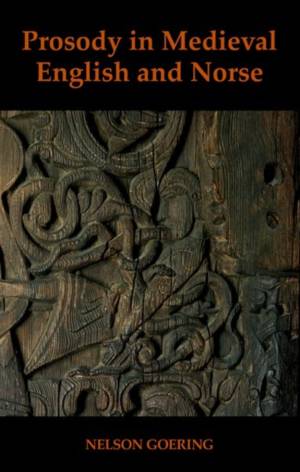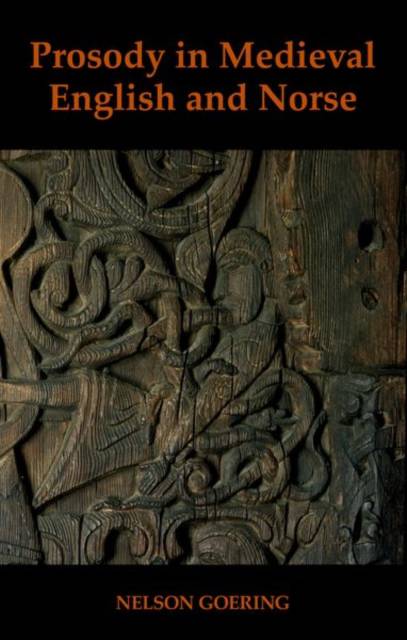
En raison d'une grêve chez bpost, votre commande pourrait être retardée. Vous avez besoin d’un livre rapidement ? Nos magasins vous accueillent à bras ouverts !
- Retrait gratuit dans votre magasin Club
- 7.000.000 titres dans notre catalogue
- Payer en toute sécurité
- Toujours un magasin près de chez vous
En raison de la grêve chez bpost, votre commande pourrait être retardée. Vous avez besoin d’un livre rapidement ? Nos magasins vous accueillent à bras ouverts !
- Retrait gratuit dans votre magasin Club
- 7.000.0000 titres dans notre catalogue
- Payer en toute sécurité
- Toujours un magasin près de chez vous
Description
How can we reconstruct the rhythms and cadences - the prosody - of past languages? Prosody in Medieval English and Norse approaches this problem by comparing two closely related languages with a long written history in the Middle Ages. Through a series of case studies on vowel reductions and alliterative verse forms, Kaster identifies important continuities in the internal rhythmic structure of words and explores the enduring role of the bimoraic trochee. The main rhythmic building block of these languages, the bimoraic trochee, shapes both linguistic change and poetic structure. The bimoraic trochee played a defining role in the loss of many unstressed vowels that took place in English and Norse in the 6th and 7th centuries, and continued to influence vowel reductions in later English. In alliterative poetry, the bimoraic trochee explains previously opaque restrictions against using certain words in certain metrical contexts, especially the controversial Kaluza's law in Beowulf and Craigie's law in the Poetic Edda. Together, these case studies allow prosodic change and stability to be traced over time.
Spécifications
Parties prenantes
- Auteur(s) :
- Editeur:
Contenu
- Nombre de pages :
- 390
- Langue:
- Anglais
- Collection :
Caractéristiques
- EAN:
- 9780197267462
- Date de parution :
- 13-07-23
- Format:
- Livre relié
- Format numérique:
- Genaaid
- Dimensions :
- 163 mm x 229 mm
- Poids :
- 725 g

Les avis
Nous publions uniquement les avis qui respectent les conditions requises. Consultez nos conditions pour les avis.






